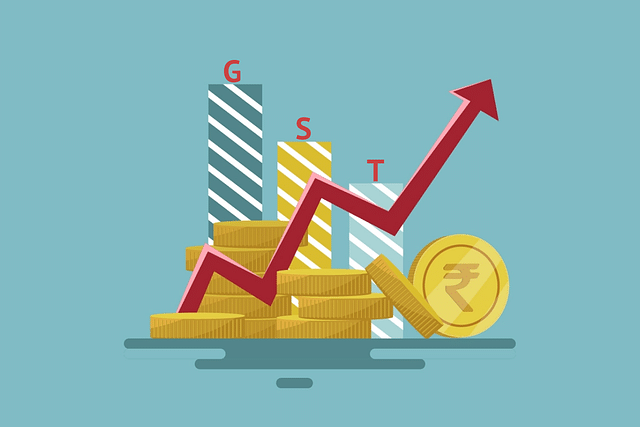
GST Recast Needs Three-Five Year Timeframe; Anything Faster Will Be Destabilising
Over the next three years, we need to move to a 5-15-25 structure, and in the next two years after that to 15 per cent plus special rates for luxury and sin goods.
At some point, compensation should be given only to states which are below the national per capita GDP average, and not all states.
It needs no genius to state that the goods and services tax (GST) needs a complete overhaul. However, it also needs no genius to accept that you can’t do extensive aircraft repairs when in mid-flight. When it flight, you need stability or the aircraft will come down crashing.
What this implies is that GST overhaul will have to be a long-term process, possibly spanning a minimum of three years, and a maximum of five to seven years. This implies that big annual changes will continue until at least 2023, and possibly into the first term of the government formed after 2024.
In this context, it is surprising that one official committee is reported to have suggested an overhaul of the rate structure to just two slabs — a 10 per cent and another 20 per cent — to subsume the current five, 12 and 18 per cent rates. The cess is to be raised along with inflation-indexation of specific levies on sin goods like cigarettes.
The suggestions belong in the dustbin, not because they may necessarily be wrong, but they are the wrong idea at the wrong time. Whether we like it or not, we need to minimise changes to a maximum of one per fiscal year, and any movement away from current rates should be steady and not jerky.
In short, we should move away from the current structure slowly in 2020, and slightly faster after that, assuming, of course, the economic revival begins by the end of fiscal 2020-21.
Leaving aside outlier rates for items like gold jewellery, our current core rates are 5, 12, 18 and 28 per cent, plus cess in some specific items. Moving this structure to three and then one middle rate should be a three- to five-year target. In year one, which is fiscal 2020-21, one could abolish the 12 per cent rate, and bring down the 18 per cent rate by 0.5-1 per cent.
The logic is simple. The 18 per cent rate is the mother lode, constituting over 60 per cent of total GST revenues. The 12 per cent rate brings in just under 12 per cent of total revenues. The 28 per cent rate can be reduced similarly, but if the revenue loss is too high, the loss can be temporarily compensated with a higher cess so that the sectors affected are not negatively impacted. In short, the 28 per cent rate can be touched last.
If the abolition of the 12 per cent rate and reduction in the 18 per cent rate by 0.5-1 per cent remains more or less revenue neutral, it would be a good move for 2020-21. Any move to shift the entire rate structure to 10-20 per cent would be intensely destabilising, and counter-productive.
In years two and three (2021-22 and 2022-23), depending on economic revival, the middle rate be converged in two stages to the 15 per cent slab. The top rate can come down to 25 per cent plus cess by 2023.
The real important thing to do in fiscal 2020-21 is to bring down the compensation payable to states from the current (excessive) 14 per cent per annum to a rate where the compensation is variable, dependent on the nominal rate of gross domestic product (GDP) growth.
Guaranteeing states an annual 14 per cent hike is folly when nominal GDP is 10 per cent or even lower. The mistake the Narendra Modi government made in order to get states on board for GST was to write them a blank cheque for five years, promising 14 per cent annual growth regardless of revenue or GDP growth.
A 14 per cent compound rate of revenue growth implies a near doubling of state revenues over five years — something unthinkable in these growth-challenged times. The only way to enable this is to let the fiscal deficit rip and inflation to rise so that nominal revenue growth rises at the rate required. This too is politically suicidal for the Centre, since the states will not share any blame for inflation or loss of growth opportunities.
If the Centre can agree to a compensation rate indexed to nominal GDP growth, we can move towards greater sanity on rates.
It is also clear that the current weighted average GST rate is too low, less than 12 per cent, which was never the intent of the original GST schema. But raising rates is not the right thing to do when growth is a problem, and so the average rates needs to be raised slowly after growth revives.
Over the next three years, we need to move to a 5-15-25 structure, and in the next two years after that to 15 per cent plus special rates for luxury and sin goods. At some point, compensation should be given only to states which are below the national per capita GDP average, and not all states.
The first principle of equity is that the rich should partly fund the poor, and it makes no sense to compensate all states, whether rich or poor, at the same rate. The compensation structure after the five-year revenue guarantee is over needs to be drastically overhauled.